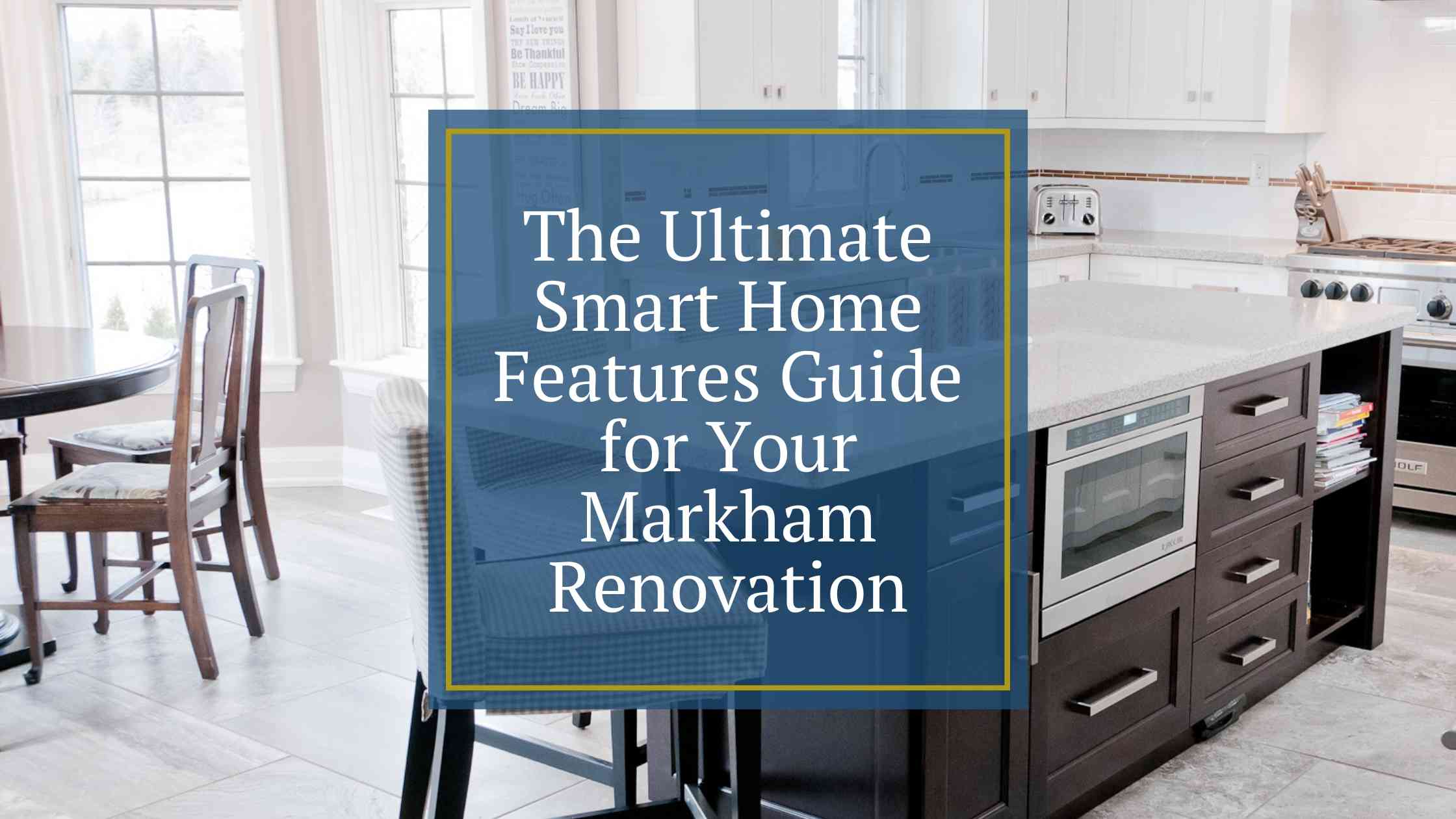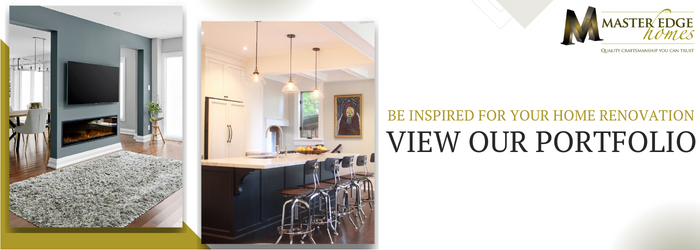What Is A Realistic Budget?
In this business, we do from time to time meet with people that have set an unrealistic budget for what they’d like accomplished. This may stem from a lack of knowledge about building costs, or from what they’ve heard through friends who have had work done, or even from home shows on television that do not show the behind the scenes costs of a build. Regardless, it is important that these unrealistic budgets become just the opposite, realistic and attainable.
Putting together a budget for a renovation is not easy, especially if you aren’t aware of all the components of the build that are needed to bring the concept to reality. Finding a contractor that you trust and sharing with them what you are willing to spend is the easiest way to find out what the end product will be. For example, if you want to build a 3-storey addition and rebrick your entire home, a budget cap of $65,000 is just simply not fathomable. It would take an expert with experience in the field to understand that the components involved in the project would require at least a few hundred thousand dollars! Believe it or not, the team at Master Edge Homes has run into these roadblocks with clients and impossible budgets. Understanding what you can spend and relating it to what the job could cost by discussing it with a reputable builder or renovator will help you get to where you need to be.
Unfortunately, there is no magical way to come up with a realistic budget by sitting at a kitchen table with only a concept and no architectural drawings. What you can count on is a ballpark number or a guesstimate, but even then this does not account for specifics like interior and exterior finishes.
We also commonly hear from people that their renovation went way over budget, and the blame always seems to fall on the contractor. It is important to remember there are two sides to every story. Did the client choose a tile that cost $20.00 per square foot when the allowance was $6.00 per square foot? How many changes took place as the job went on? What about hidden problems that were created by the builder, the previous homeowner or a previous renovation that took place? A budget might not be met for a number of reasons! What does this mean exactly? Have some wiggle room in the budget
There are 2 portions to a budget:
1st Portion – Soft Costs
This cost includes the tiles, carpet, hardwood, cabinetry and countertops, windows and doors, siding, railings and stairs, interior trim, plumbing fixtures, etc. These prices can and will change. For example, when we price a job we do not know the exact tiles you are going to use, the exact hardwood flooring, the toilets, the faucets, etc., so we can only create allowances.
2nd Portion – Hard Costs
This cost includes excavation, footings and foundation, framing and lumber, shingling, aluminum work, insulation, and drywall and these costs generally do not change. These are easier to account for, as long as the renovation runs smoothly!
Building a budget certainly isn’t easy, but going into it with the right expectations and frame of mind will save you stress in the long run! What do you find to be your biggest struggle in setting home improvement budgets? Let us know in the comments!
You may read this and now wonder, “Do I need financing?” Stay tuned for our next blog!
Related Articles
.jpg)
Home Design Trends You'll Love This Year
Over the last several decades, you have probably seen a lot of home design trends come and go....
%20(1).jpg)
8 Expert Tips on Hiring the Right Contractor for Your Home Renovation
A General Contractor (GC) takes full responsibility for ensuring a renovation or custom home build...

The Ultimate Smart Home Features Guide for Your Markham Renovation
It’s time to get real about getting smart. Smart technology is an inevitable progression of...
